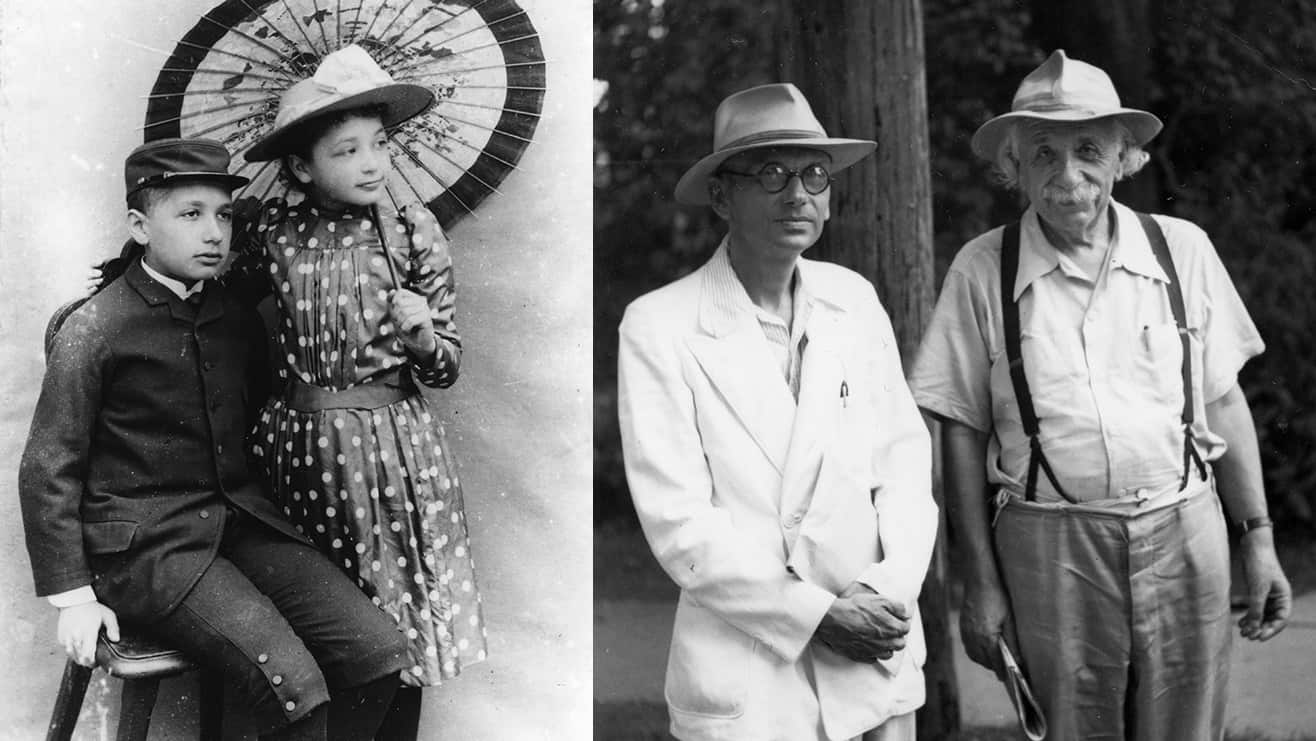A Soyuz rocket blasted off from the Baikonur cosmodrome in Kazakhstan on Sunday carrying Russia’s first satellite for monitoring the Arctic’s climate, the Roscosmos space agency said.
Video published by the Russian space agency showed the Soyuz blaster launching against grey skies at 0655 GMT (12:25pm IST), carrying an Arktika-M satellite.
Space agency chief Dmitry Rogozin wrote on Twitter later that communication with the satellite had been established.
ЕСТЬ КОНТАКТ ПОДЪЕМА ????
С космодрома Байконур только что стартовала ракета-носитель «Союз-2.1б» с разгонным блоком «Фрегат» и новым космическим аппаратом для оценки климата Арктики — #АрктикаМ.
Смотрите полёт ракеты вместе с нами ➡️ https://t.co/SsM7CKVJBa pic.twitter.com/AVjENB3oEA
— РОСКОСМОС (@roscosmos) February 28, 2021
The monitoring system will need at least two satellites to operate properly, the space agency said.
“As part of the system, they will provide round-the-clock all-weather monitoring of the Earth’s surface and the seas of the Arctic Ocean,” it added.
The launch of the second Arktika-M satellite is planned for 2023, Russian state news agency RIA Novosti reported.
Economic exploitation of the Arctic is one of Russian President Vladimir Putin’s key goals.
The Arctic holds huge oil and gas reserves that are being eyed by Russia and other countries including the United States, Canada, and Norway.
UK scientists last month reported ice was disappearing across the world at a rate that matched “worst-case climate warming scenarios”.
The team from the universities of Edinburgh and Leeds and University College London found that some of the largest losses in the last three decades were from Arctic Sea ice.
Is Samsung Galaxy F62 the best phone under Rs. 25,000? We discussed this on Orbital, our weekly technology podcast, which you can subscribe to via Apple Podcasts, Google Podcasts, or RSS, download the episode, or just hit the play button below.







